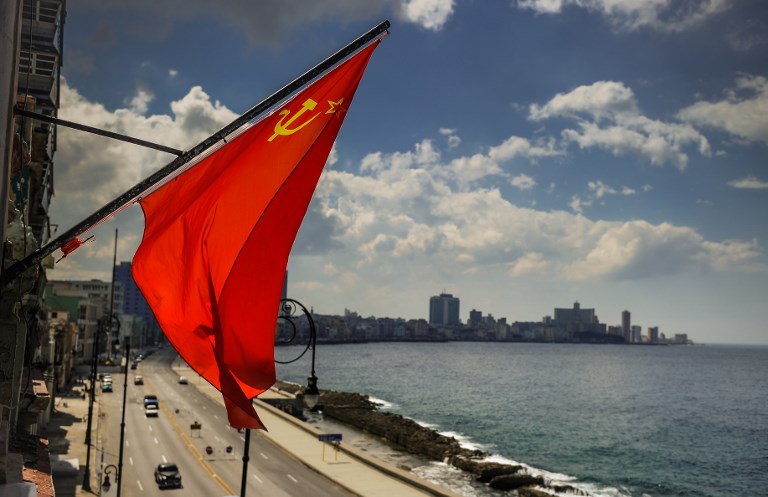
MOSCOW, Russia (AFP) — Here are five major dates in Russia since the disintegration of the USSR or the Union of Soviet Socialist Republics.
1991: the Soviet Union dies
December 8, Russian President Boris Yeltsin, elected six months earlier at the first multi-party election, agrees with his Belarussian and Ukrainian counterparts to replace their union, the USSR, with a commonwealth.
As the Soviet Union disintegrates, leader Mikhail Gorbachev resigns. The USSR ceases to exist in international law on December 31, 1991.
Yeltsin launches a raft of free-market reforms and ruthlessly expands his powers, presiding over rampant corruption and a sell-off of assets to allied oligarchs.
He is discredited further by a severe financial crisis in the summer of 1998 which leaves millions of Russians in poverty, with the health and education systems collapsing.
1999: Putin arrives
When Yeltsin resigns on New Year’s Eve, 1999, he names his prime minister, the ex-spy chief Vladimir Putin, as president.
Putin is elected in March 2000 and then again in 2004.
As Yeltsin’s prime minister, Putin had overseen the launch of a second war to crush separatist rebels in Russia’s North Caucasus region of Chechnya, sealing his image as a strongman.
The separatists had carried out a series of bloody attacks which traumatised Russians.
Tens of thousands die in Moscow’s bombing of the regional capital Grozny before the conflict ends in 2009.
During his first two terms as president, Putin asserts his dominance over parliament and regional governors, imposes control over the media and empowers the security services.
He also sidelines influential oligarchs from politics, including Kremlin critic Mikhail Khodorkovsky, the ex-Yukos chief, who is jailed for 10 years.
Russia’s economy recovers, thanks to high energy prices, a strict control of monetary policy and reform.
2008: Interim president
At the end of his second term in 2008, Putin — in line with the constitution — hands the presidency over to his protege Dmitry Medvedev and takes the post of prime minister.
He is widely seen as retaining the reins of power, however, and remains Russia’s most popular figure.
2012: Putin’s comeback
Putin scores a crushing first-round presidential election victory in March 2012 that he insists is honest but the opposition and international observers say is tainted.
On the eve of his inauguration for a term extended to six years, thousands of protesters stage a so-called March of Millions, which is repressed by police.
A crackdown on civil society follows Putin’s return to power, with activists arrested, the Pussy Riot rock band jailed and draconian new laws passed.
2014: Russia flexes muscles
In March 2014, Putin annexes the Ukrainian peninsula of Crimea, which sparks the worst diplomatic crisis between Russia and the West since the Cold War.
The move prompts the European Union and United States to impose sanctions on Russia.
Moscow is also accused of backing pro-Russian separatists in the east of the strategically placed former Soviet republic.
Russia’s role as a key international player is sealed when in September 2015 it intervenes in Syria, turning the tables in the civil war in favor of ally President Bashar al-Assad.
© Agence France-Presse








